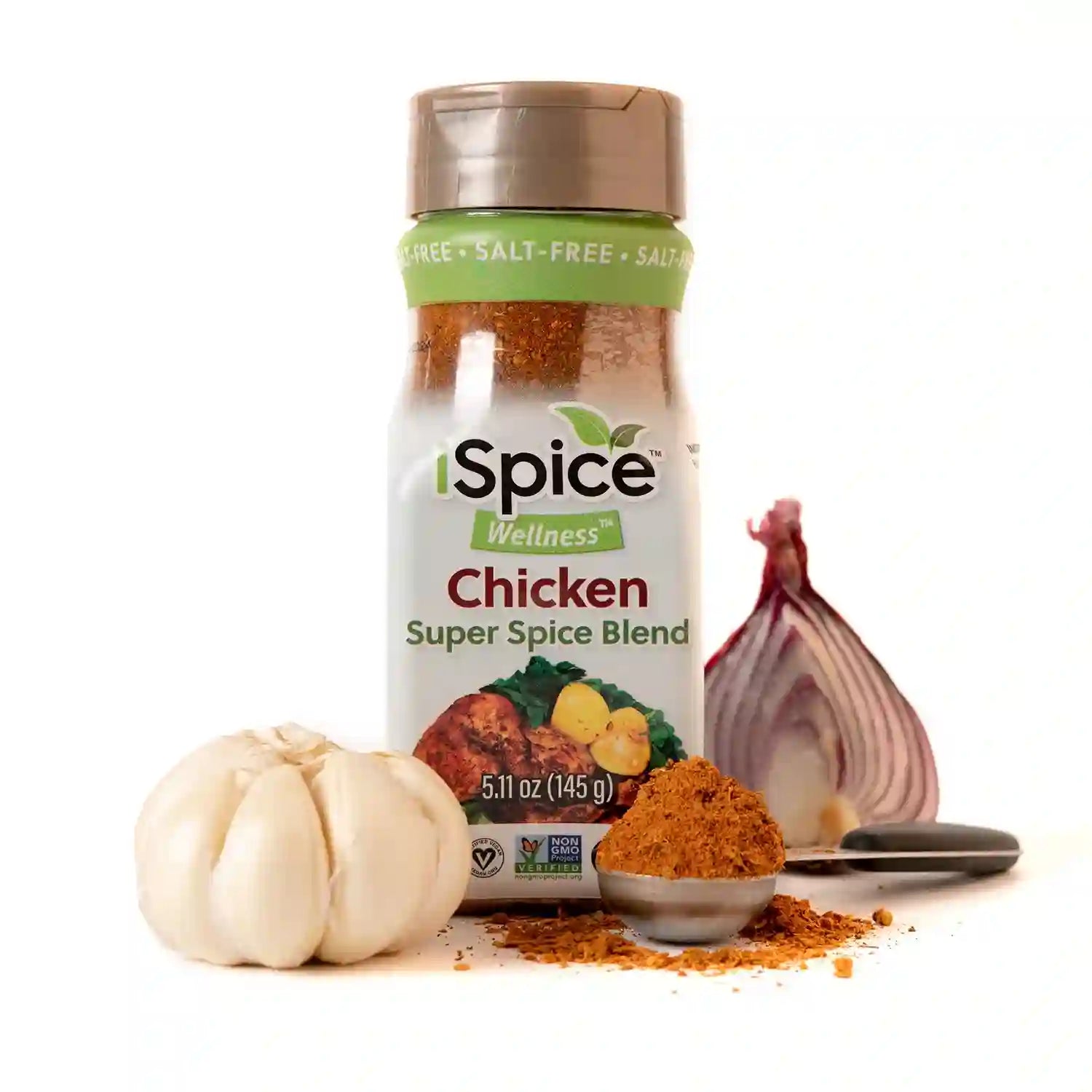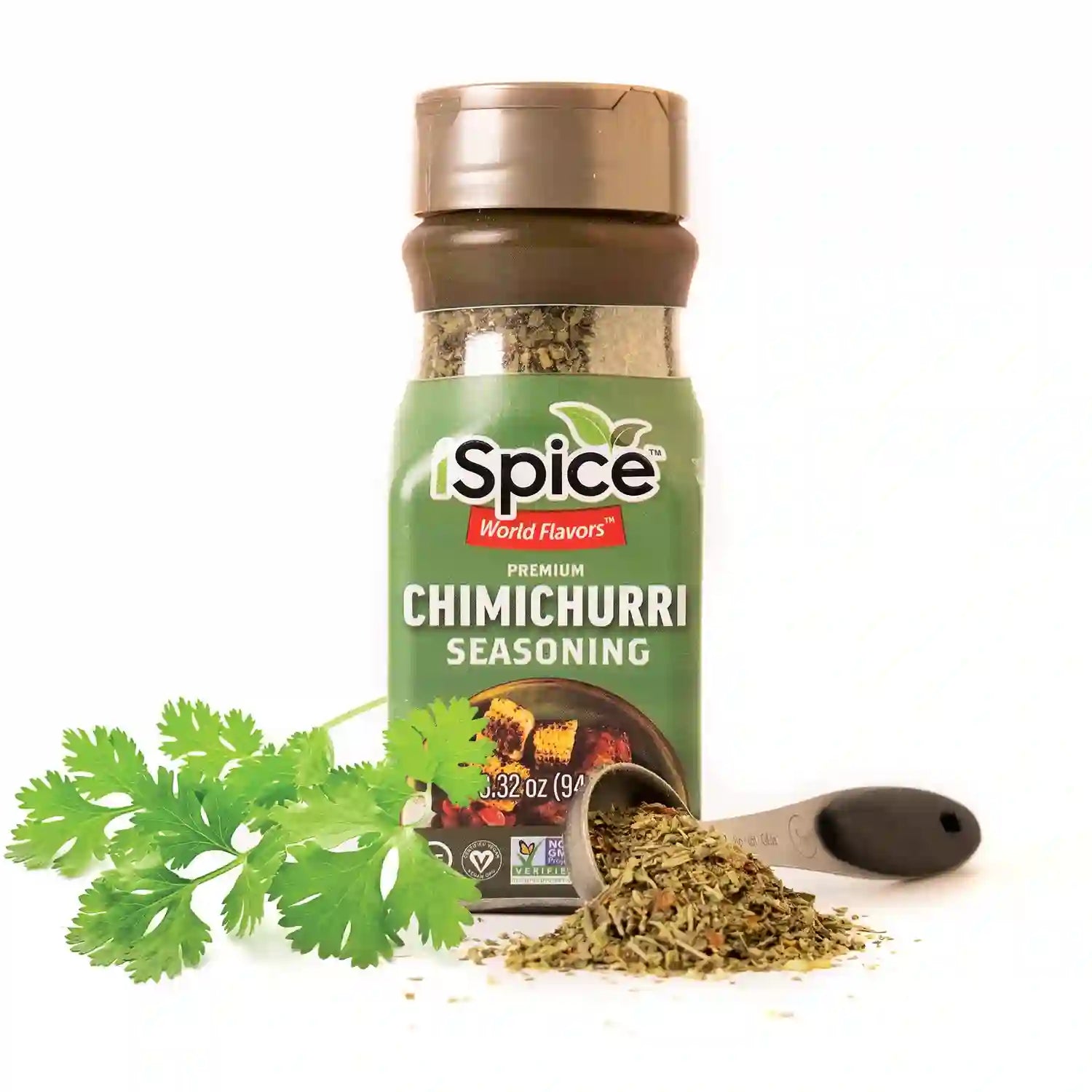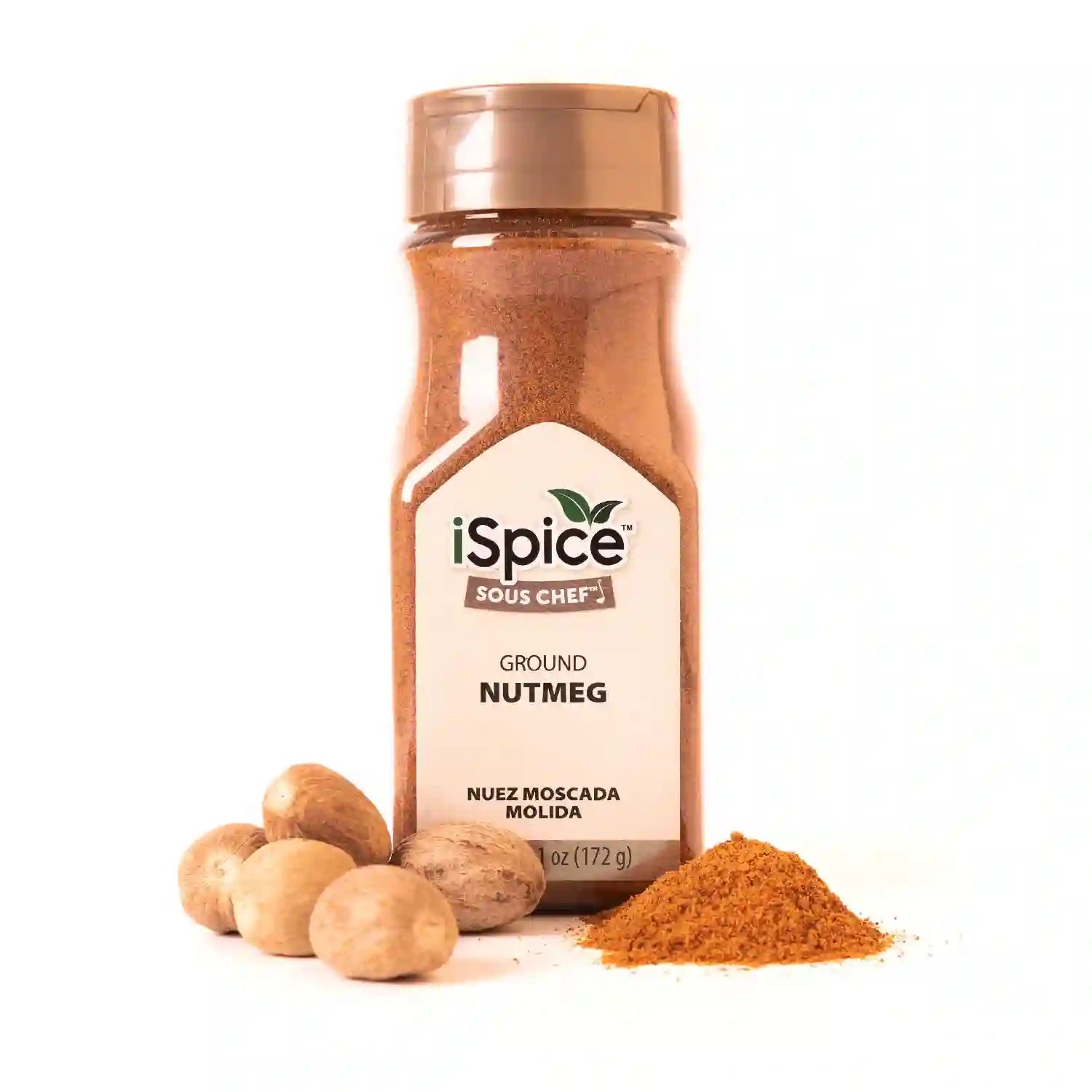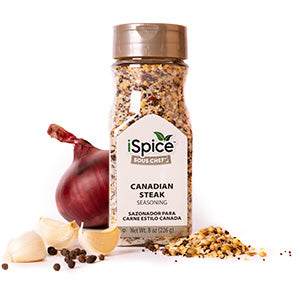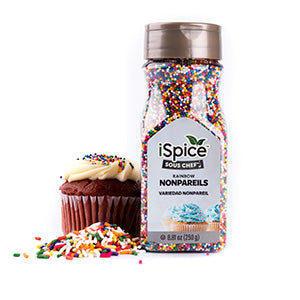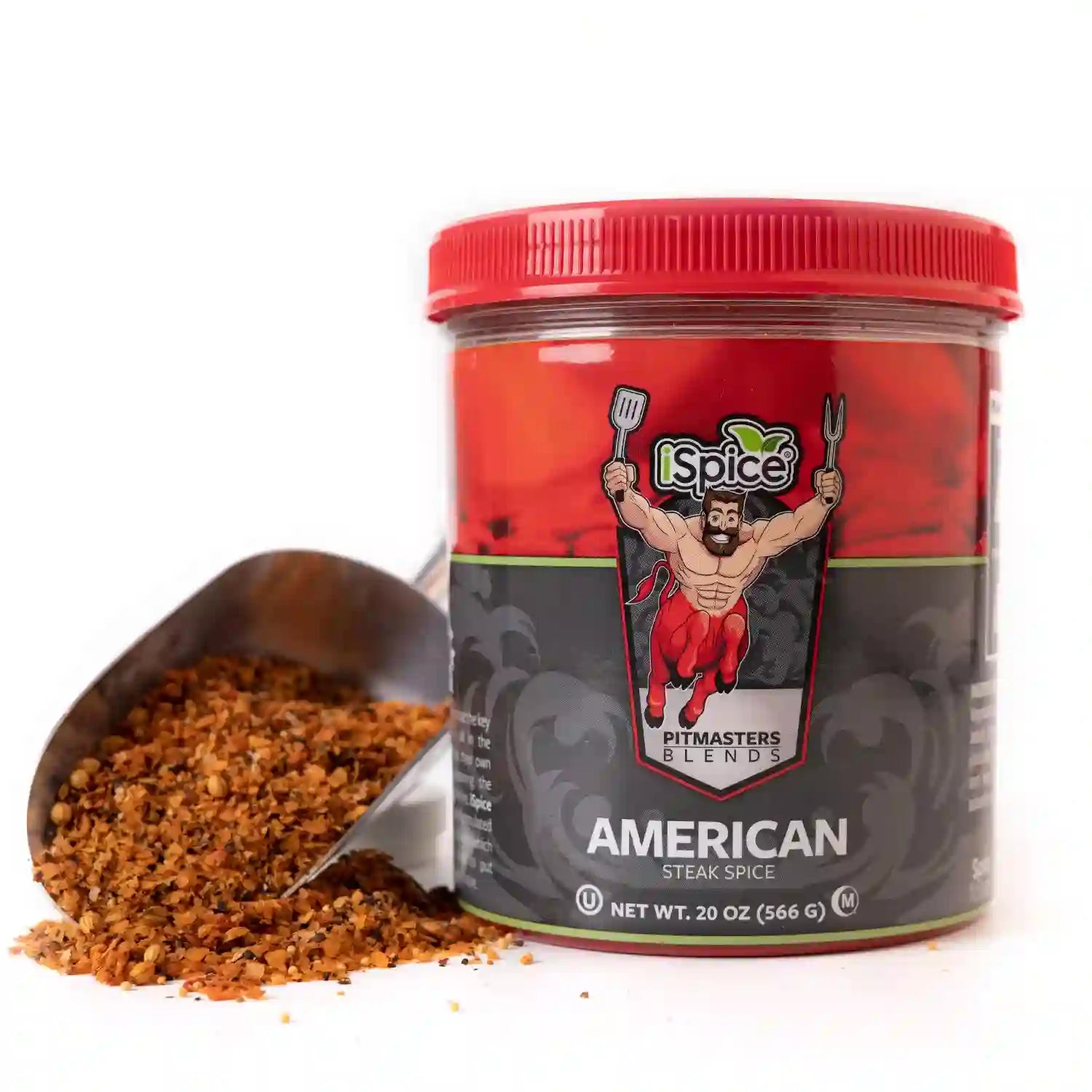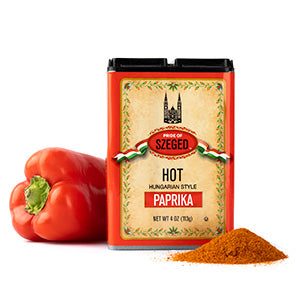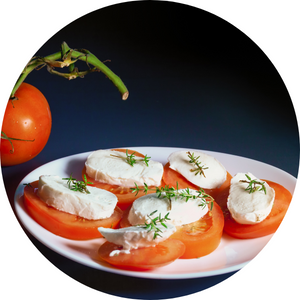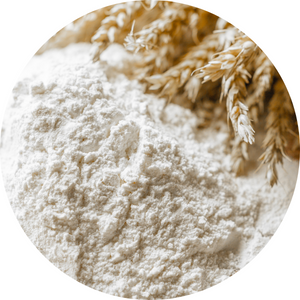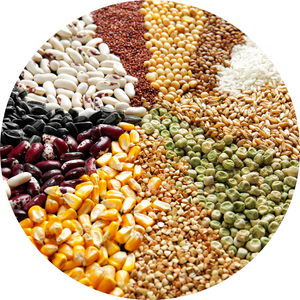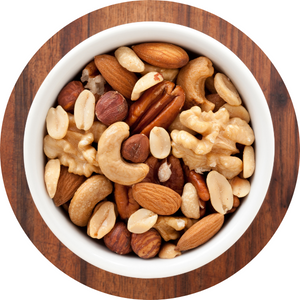
Spices bring depth, aroma, and complexity to every meal, but understanding how to balance bitter and sweet spices is key to mastering flavor harmony. Too much bitterness can overpower a dish, while excessive sweetness can make it feel flat. The right blend creates contrast, balance, and richness — turning simple recipes into layered, satisfying creations.
Whether you’re preparing a savory stew, a roasted vegetable mix, or even a dessert, the interplay between sweet and bitter spices can make all the difference.
Understanding Bitter and Sweet Spices
Each spice contributes a unique profile to food. Bitter spices add depth and earthiness, while sweet spices bring warmth and comfort. When combined thoughtfully, they create full-bodied flavor experiences that engage all taste senses.
| Category | Examples | Flavor Profile |
|---|---|---|
| Bitter Spices | Turmeric, fenugreek, mustard seeds, cumin, bay leaf | Sharp, earthy, slightly medicinal |
| Sweet Spices | Cinnamon, nutmeg, cardamom, allspice, clove | Warm, aromatic, comforting |
Balancing these opposites helps create dishes that are rich, dynamic, and never one-dimensional.
Why Balancing Bitter and Sweet Flavors Works
Bitterness adds structure, while sweetness softens and rounds out edges. Together, they balance each other naturally, enhancing the core flavors of your dish rather than competing with them.
Benefits of balancing these spice profiles:
-
Prevents overpowering flavors
-
Creates a multi-layered taste experience
-
Enhances depth in sauces, soups, and roasted foods
-
Works across both sweet and savory recipes
-
Highlights individual ingredients instead of masking them
Achieving this balance is about proportion, timing, and pairing complementary ingredients.
Techniques for Balancing Bitter and Sweet Spices
1. Layer Spices Gradually
Start with the bitter base (like cumin or turmeric), then add sweet notes (like cinnamon or nutmeg) to round it out.
2. Use Acid and Salt for Support
A squeeze of lemon or a pinch of salt balances both bitter and sweet elements, tying them together naturally.
3. Add a Touch of Sweetness
A small amount of honey, maple syrup, or brown sugar can reduce bitterness without making the dish overly sweet.
4. Combine Texture and Flavor
Toasted spices deepen bitterness; creamy or buttery textures mellow it out.
5. Blend Global Inspiration
-
Indian cooking: Turmeric and cinnamon create warm, layered flavor.
-
Mediterranean cooking: Cumin and coriander balanced with sweet paprika.
-
Baking: Nutmeg or clove paired with a hint of bitter cocoa for depth.
Common Bitter and Sweet Spice Pairings
| Bitter Spice | Sweet Spice | Best Used In |
|---|---|---|
| Turmeric | Cinnamon | Rice dishes, stews, curries |
| Cumin | Allspice | Roasted vegetables, soups |
| Mustard Seeds | Nutmeg | Cream sauces, savory pastries |
| Fenugreek | Cardamom | Lentil dishes, marinades |
| Bay Leaf | Clove | Soups, broths, braised meats |
| Coriander | Star Anise | Curries, roasted meats |
These combinations offer balance — bitterness for structure and sweetness for warmth.
Flavor Examples to Try
1. Roasted Vegetables with Turmeric and Cinnamon
Add turmeric for depth, then finish with cinnamon and a drizzle of honey for balance.
2. Creamy Curry with Fenugreek and Cardamom
Fenugreek adds complexity, while cardamom rounds it with a floral sweetness.
3. Braised Meat with Bay Leaf and Clove
Slow cooking softens the bitterness of bay leaf and draws out clove’s aroma.
4. Spiced Cocoa or Coffee Blend
Combine a pinch of turmeric with cinnamon or nutmeg for a comforting twist.
5. Savory Sauce with Mustard Seeds and Allspice
Creates a bold, sweet-savory flavor perfect for chicken or roasted root vegetables.
Tips for Achieving Perfect Balance
-
Taste as you cook: Adjust sweetness or bitterness gradually.
-
Use natural sweeteners: Honey, maple syrup, or carrots can mellow bitterness.
-
Roast bitter spices: Toasting cumin or mustard seeds softens sharpness.
-
Balance with fat: Butter, cream, or olive oil can smooth strong flavors.
-
Finish with fresh herbs: Parsley, mint, or cilantro add brightness and lift.
Balancing is about contrast — not eliminating bitterness, but complementing it.
Frequently Asked Questions About Bitter and Sweet Spices
1. What causes bitterness in a dish?
Overuse of strong spices like turmeric, fenugreek, or mustard seeds can make food taste bitter. Balance with sweetness or acid.
2. Can I combine bitter and sweet spices in desserts?
Yes. Cocoa with cinnamon or nutmeg creates depth and reduces sugary taste.
3. What’s the best way to fix a bitter dish?
Add a touch of sweetness (like maple syrup) or fat (like butter) to soften the bitterness.
4. Are bitter spices healthy?
Yes — many, like turmeric and cumin, aid digestion and improve balance in flavor and nutrition.
5. How can I know if I’ve added too much sweetness?
If sweetness dominates, add a pinch of salt or a small amount of a grounding spice like cumin to restore balance.
Final Thoughts
Balancing bitter and sweet spices is one of the most rewarding techniques in cooking. By understanding how these opposing flavors interact, you can create dishes that are rich, harmonious, and deeply satisfying. Whether you’re cooking savory stews or baking spiced desserts, mastering this balance ensures every bite is flavorful, rounded, and perfectly seasoned.

